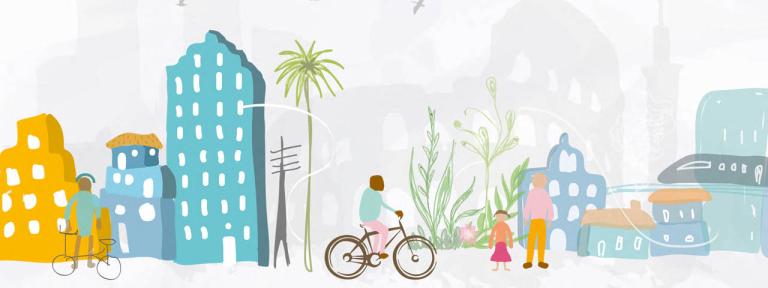Urban stakeholders mapping

Some 3.5 billion people reside in urban areas and the urban population is growing. Increasingly dense, complex, and interdependent urban fabrics are rendering cities vulnerable. Natural hazards in a high-density urban environment can have a significant downstream cascading impact on existing infrastructure and services, requiring short-term mitigation and longer-term planning and policy responses associated with urban areas which require a holistic approach in their consideration.
Integrated Urban Services should assist cities to cope with these challenges through making good use of dense observation networks, high-resolution forecasts across different timescales, multi-hazard early warning systems, and climate services for risk management and adaptation strategies. To be efficient, integrated urban services have to be developed in close cooperation between service providers and services user.
To understand user requirements the Study Group on Integrated Urban Services coordinates a global survey of the user community.
You are highly encouraged to take part in the survey to make WMO efforts in the development and provision of integrated urban services even more beneficial for you.
The survey is available in English, French, Spanish, Russian, Chinese, Arabic, and Portuguese.

